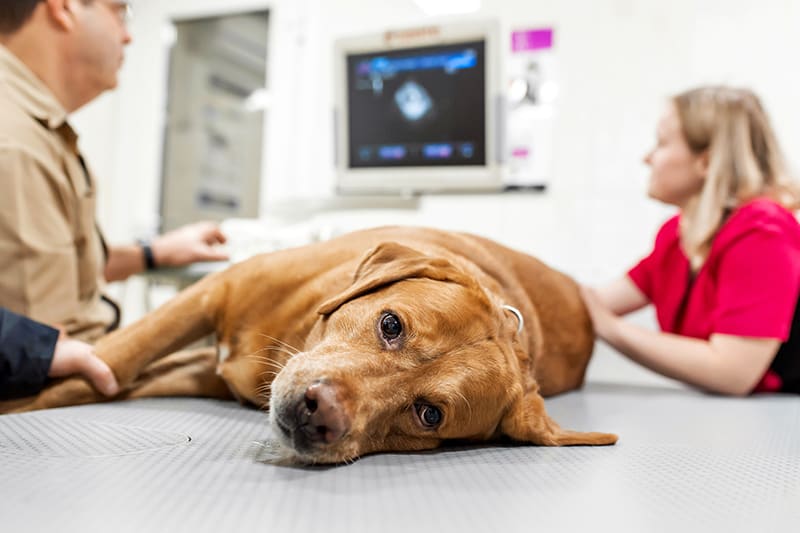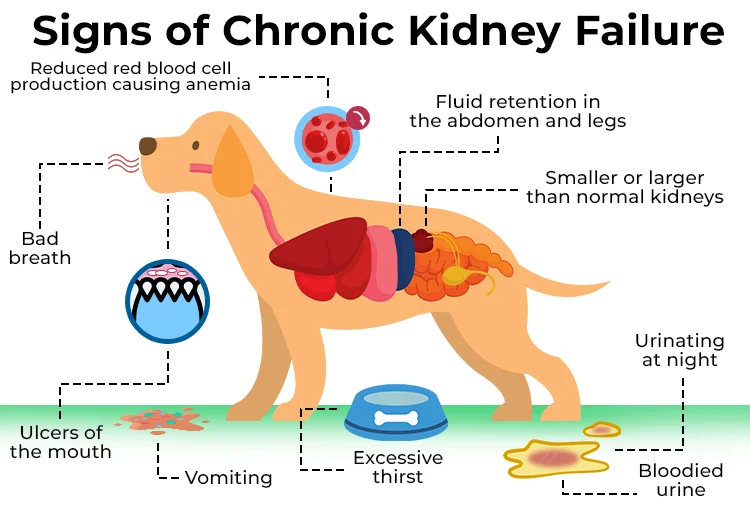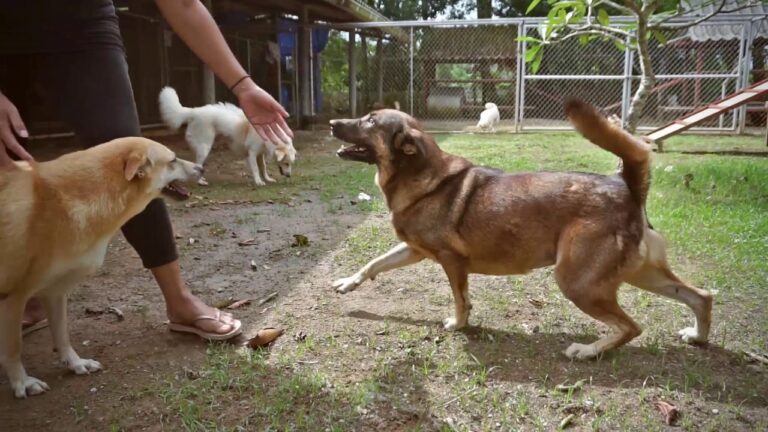Dog Kidney Failure | When to Euthanize
Overview
One of the most challenging decisions for a pet owner is to determine the right time to euthanize a dog with kidney failure humanely. Canine CKD is a progressive disease causing a significant decline in the quality of life. Knowing the key indicators of severe discomfort and reduced quality of life can help guide this heart-wrenching decision.
What is Dog Kidney Failure?
Canine kidney failure is a condition wherein the kidneys are no longer capable of filtering toxins and waste products from the blood. It can be either acute or chronic. Acute kidney failure is usually reversible if proper treatment is instituted promptly. Chronic kidney disease, however, is irreversible and progressive over a period of time.
Symptoms of Renal Failure in Canines
The following symptoms may be demonstrated in dogs with poor kidney function:
- Increased thirst and urination (early signs)
- Loss of appetite
- Vomiting and diarrhea
- Lethargy and weakness
- Bad breath that smells like chemicals
- Weight loss and muscle wasting
- Dehydration
- Pale gums / mouth ulcers
- Behavioral changes such as confusion, agitation
Monitoring these symptoms will help the doctor assess the progress of kidney failure.
Stages of Chronic Kidney Disease
According to the IRIS guidelines, CKD in dogs is divided into four stages:
- Stage I: Early-stage CKD with no clinical symptoms.
- Stage II: Mild symptoms – increased thirst.
- Stage III: Moderate renal failure, with more overt symptoms.
- Stage IV: Severely decreased kidney function-pretty fair quality of life compromise.
Differentiation of the stage of the disease is important in determining treatment plans and when to consider euthanasia.

Treatment Options for Renal Failure
Treatment of renal failure is mainly symptomatic and supportive, focusing on the improvement of the quality of life. The common interventions include:
- Dietary changes: Low-phosphorus, high-quality protein diets
- Fluid therapy: This is given to prevent dehydration.
- Medications: to control nausea, regulate blood pressure, and treat anemia
- Supplements: To reduce toxin buildup
- Dialysis or transplantation: Rare and expensive options include dialysis or transplantation.
Despite these measures, the course of the disease may progress to a point beyond which treatments are ineffective.
National German Shepherd Day | Celebrating an Iconic Breed
When to Consider Euthanasia
When to euthanize a dog with kidney failure is determined largely by observation of the quality of a dog’s life. Important things to consider include:
1. Severe Pain or Discomfort
Dogs in acute kidney failure show severe pain from the toxins filling their bodies. Watch for all of the following:
- Restlessness or inability to find a comfortable position
- Difficulty breathing
- Visible distress or whining
2. Inability to Eat or Drink
If your dog does not want to eat or drink, even with tempting, this is a real sign of serious deterioration. Continued dehydration only increases kidney damage and discomfort.
3. Loss of Mobility
Severe lethargy or inability to stand, walk, or move comfortably is a sign of diminished quality of life. Pressure sores or infections may also arise from prolonged immobility in dogs.
4. Diarrhea or frequent vomiting
Chronic gastrointestinal symptoms may cause severe dehydration, malnutrition, and further suffering.
5. Behavioral Changes
Other signs of advanced kidney disease include confusion, disorientation, or aggression in dogs that have been calm. These usually arise from the accumulation of toxins affecting the brain.
6. Unresponsiveness to treatment
When treatments no longer alleviate symptoms or slow disease progression, euthanasia may become the most humane choice to prevent further suffering.

The Quality of Life Scale
This may often be suggested by a veterinarian, where application of the H5M2 Quality of Life Scale can monitor parameters like:
- Hurt: Pain management
- Hunger: Ability to eat
- Hydration: Access to adequate fluids
- Hygiene: Cleanliness and mobility
- Happiness: Overall demeanor and engagement
- Mobility: Ability to move without distress
- More Good Days Than Bad
Euthanasia Procedure
When this all has been exhausted, euthanasia is provided in a controlled, caring environment by a veterinarian. The process is painless and allows your dog to pass on in a peaceful manner. Many owners choose to stay in the room when this procedure is being done, comforting them through their final moments in life.
Supporting Yourself Through the Decision
The euthanization of a dearly loved pet is an emotionally draining experience. Surround yourself with supportive friends and family or join pet loss support groups. This decision is one of love and to prevent further suffering.
Conclusion
Euthanizing the dog in kidney failure is a very personal and kind decision; it puts the dog’s interest first. You can make sure that your dog dies in dignity and comfort by looking for signs of pain, accessing the quality of life, and asking your veterinarian. Trust your instincts that this decision comes from a place of love and care for your furry companion.







